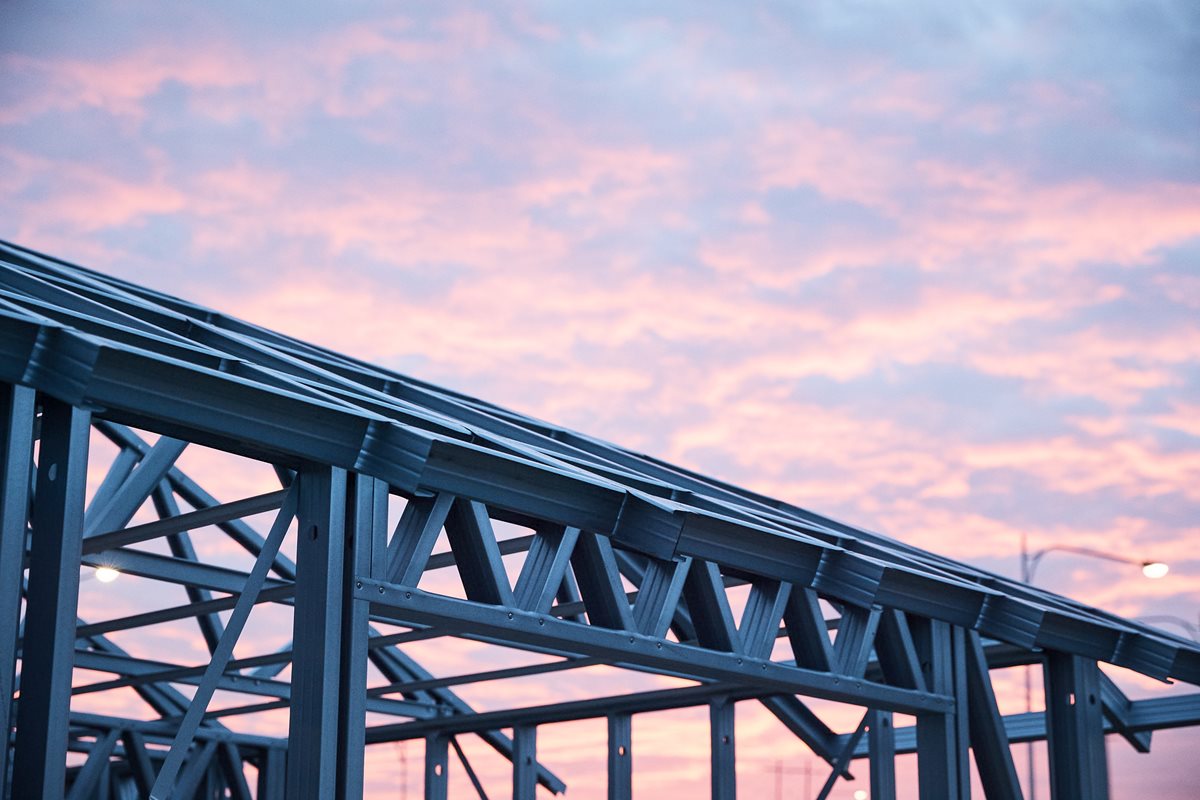

Steel is non combustible, doesn’t contribute to the spread of flame and is widely recognised as an excellent product for construction in bushfire prone areas.
Residential buildings and structures situated in bushfire prone areas must be designed and built to withstand potential bushfire attacks, providing sufficient protection for occupants until the fire front has passed.
This document looks at the principles of bushfire design and discusses the two independent pathways to achieve compliance for residential buildings (AS:2018 Construction in buildings in Bushfire Prone Areas and NS300 NASH Standard Steel Framed Construction in Bushfire Areas).
It provides examples of common detailing of steel roofing and walling for BAL-12.5 to BAL-40 under each pathway to enhance understanding of the different approaches.
It is important to note that construction must follow either the NASH Standard pathway OR the AS3959 pathway. Pathway elements cannot be mixed, for example a wall constructed to AS3959 will not comply with a roof constructed to the NASH standard.
For detailed insights into bushfire design and detailing, download our informative PDF. Or watch our video for an overview of this topic.
Download PDF Guide | Watch Video
Explore further topics relating to NCC changes and good practices when installing steel roofing, walling and framing: